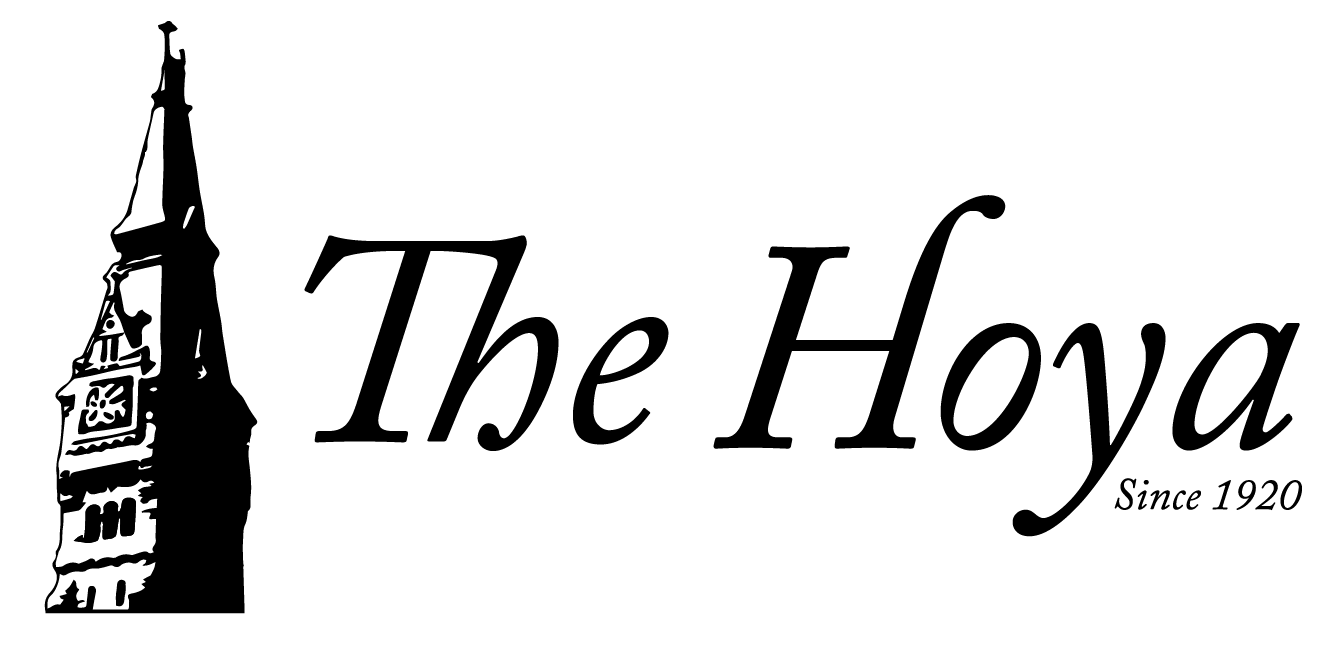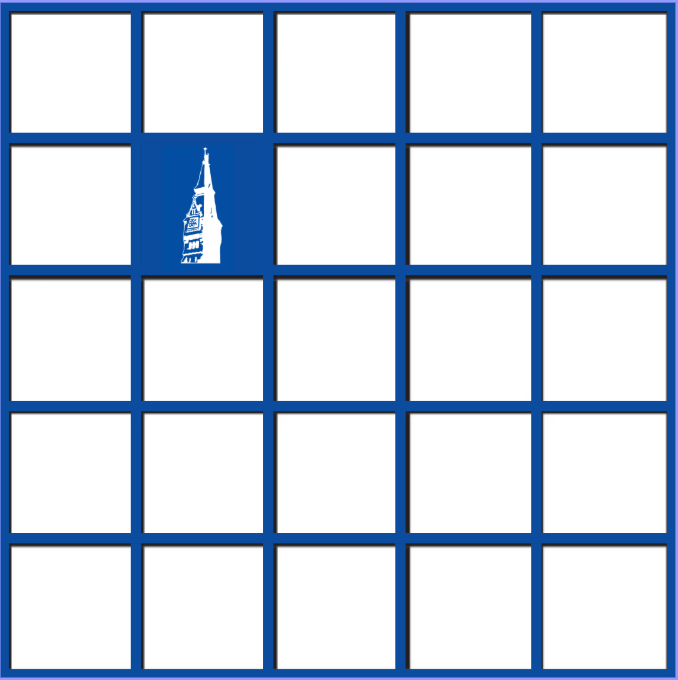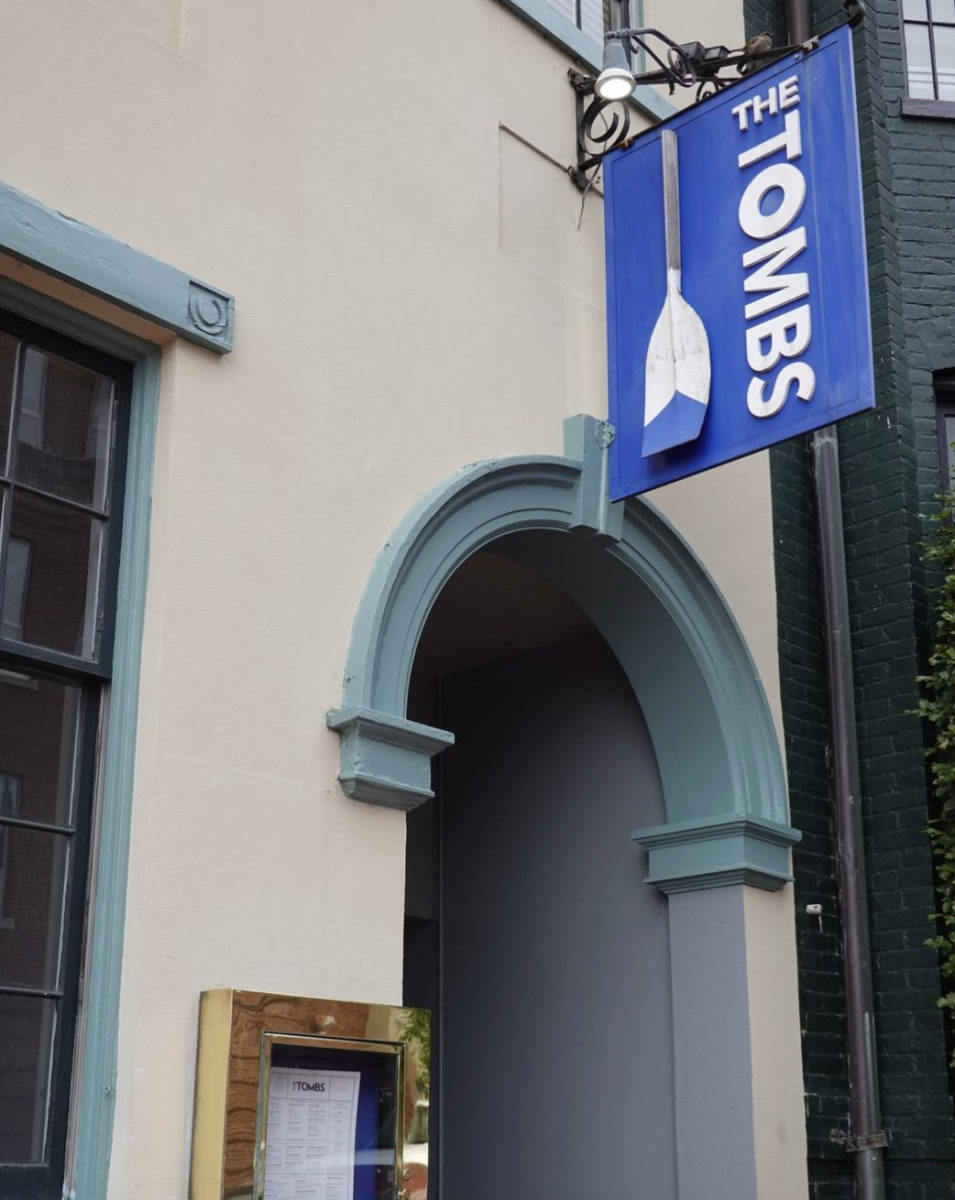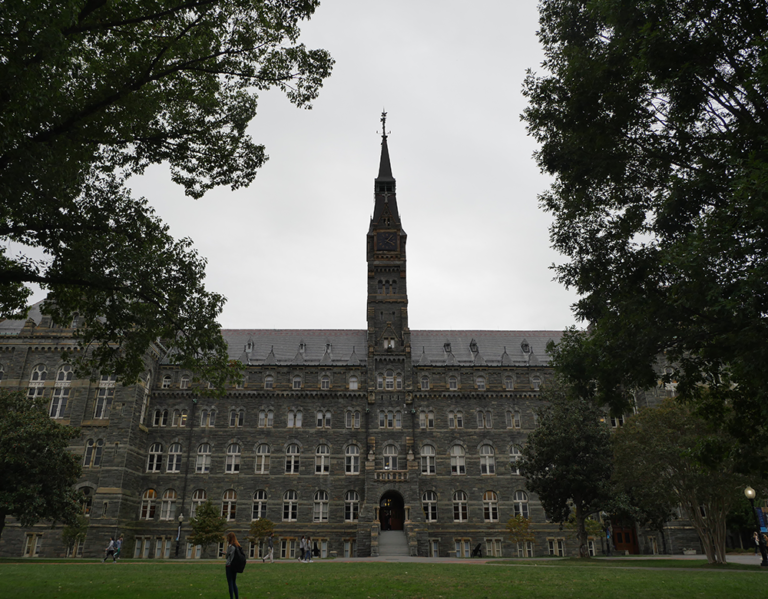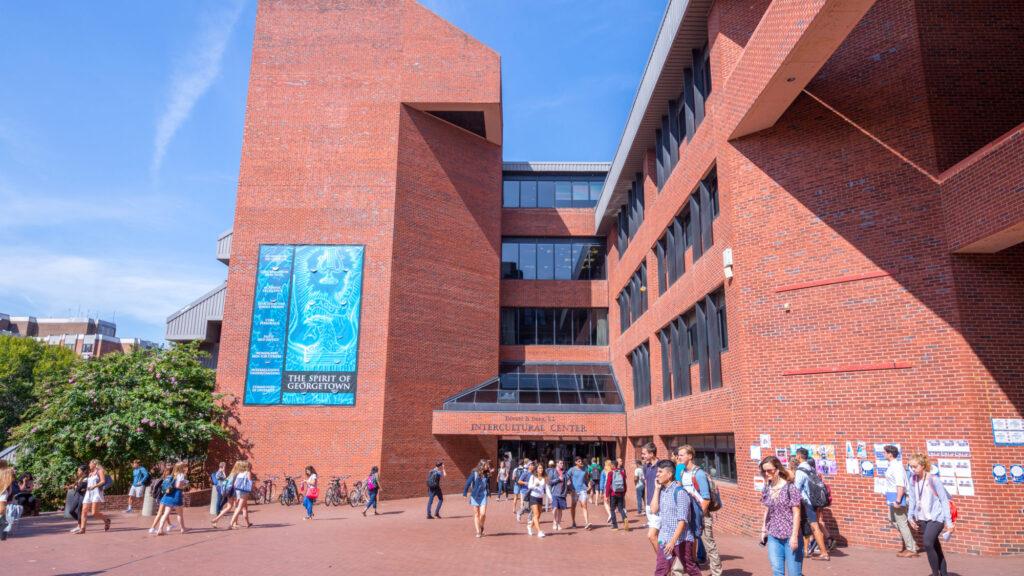Georgetown University hosted a book launch to celebrate the publication of a pioneering textbook in the field of public humanities, which focuses on humanities in public service, on Sept. 20.
The Georgetown Master of Arts in Engaged and Public Humanities program, a new program which is an interdisciplinary program that combines humanities with public life, and the Georgetown Humanities Initiative, which funds humanities scholarship and projects, facilitated the book launch, which included a series of panels discussing the new textbook, “The Routledge Companion to Public Humanities,” a collection of public humanities case studies. Comprising the panels were the textbook’s two editors, Daniel Fisher-Livne and Michelle May-Curry, who, alongside other contributors, talked about the process of creating their volume.
May-Curry is a faculty member in the Engaged and Public Humanities program and the curator of D.C.’s Commission on the Arts and Humanities, an independent agency that oversees and supports arts and humanities programs in the district. She said the book’s purpose is to be a guide to the field of public humanities.
“We wanted to create a textbook and a resource to say this is a field that exists,” May-Curry told The Hoya. “This is an important evolution of work happening in existing humanities departments across America. It’s not new, but it should be valued in America and beyond.”
The textbook is the culmination of Humanities for All, an initiative which supports community-based public humanities projects in partnership with universities from across the United States. Fisher-Livne, an assistant professor at Hebrew Union College-Jewish Institute of Religion, directed the initiative from 2017 to 2020 and May-Curry directed the initiative from 2020 to 2023, during which time they both proposed creating the textbook.
University faculty members, students, librarians and community members working on humanities projects throughout the U.S. collaboratively wrote the textbook’s chapters.
May-Curry said the projects featured in the textbook — ranging from Vietnamese storytelling in Oregon to roadside vandalism in Mississippi — are distinct from traditional academic research.
“I loved the process-oriented way that the writers talked about their work,” May-Curry said. “The traditional, academic, peer-reviewed article or book chapter is very polished. It’s not necessarily talking about the failures of the work or the pivots or the relationships represented within the collaborations. They’re just talking about the findings or the takeaways. And what surprised me was how willing all of our authors were to talk about the winding nature of creating a work in collaboration with the public.”
Ricardo Ortiz, the director of the master’s program in Engaged and Public Humanities and a professor of Latinx Literature and Culture in the English Department, moderated the panels at the book launch. He said that the textbook helps bridge public humanities and higher education.
“There’s a lot of work that happens in the world outside of the university; it’s just now starting to become more of an academic, scholarly practice,” Ortiz told The Hoya. “And a book like this, a program like our new M.A. program, is really at the beginning of something exciting, where we’re not inventing something that hasn’t been happening in the world, but we’re finding a new way to make it meaningful and active in the academic space, in the space of higher education.”
Ortiz is optimistic about the precedent that the textbook sets in academia.
“We’re hoping that there will be more scholarship like this book and more programs like this M.A. program elsewhere in the world,” Ortiz said. “We’re one of the very first. Georgetown is now seen as a leader in this field in the world.”
Denelle Joynes (GRD ’26), a first-year student taking May-Curry’s “Humanities in the World” course in the program for Engaged and Public Humanities, attended the launch and said the panels made her feel encouraged.
“This program was great today,” Joynes told The Hoya. “I really enjoyed hearing from different contributors to the companion and hearing about projects that speak to me and are inspiring.”
Joynes said that she was drawn to the program for its focus on overlapping fields of study.
“I feel like this is something that spoke to me, being able to tap into a lot of the different interests that I have and find the intersection of them and be able to engage with communities,” Joynes said.
May-Curry said she wants people who read the textbook to learn about the variety of skills and opportunities in public humanities.
“I hope it encourages Georgetown students and faculty to reach outside of Georgetown, to recognize that all different types of people can be excited about the research they do, enrich the research they do and meet the research they do,” May-Curry said.
